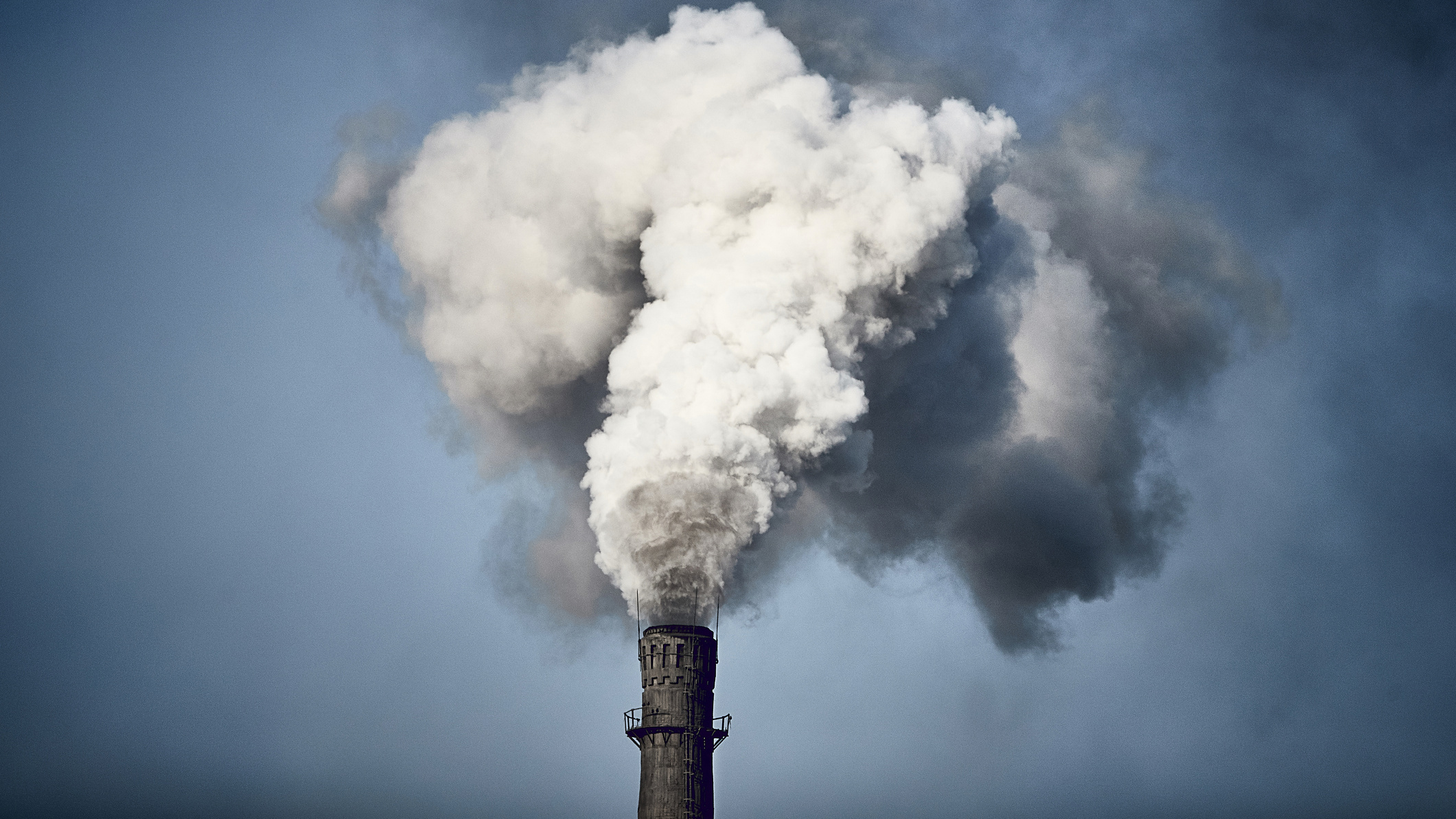Green Energy: China’s largest oil refiner plans mega-investment in green hydrogen

Pic: Christian Peterssn-Clausen/Moment via Getty Images.
Andrew Forrest received plenty of questions on the economics of his green hydrogen business on FMG’s analyst call on Monday.
His answers were largely nebulous, as may be expected at this point, but there seems little doubt that the cost of producing hydrogen from renewable sources will come down as technology improves and large businesses scale up production.
If anyone can bring down the economic barriers to green hydrogen production it will be China, where electrolyser construction has quietly exploded in preparation for looming Government action on carbon emissions, with the country boasting an official net zero by 2060 target.
China and the world’s largest oil refiner Sinopec this week signalled its intention to corner the market for green hydrogen in the world’s second largest economy.
Sinopec president Ma Yongsheng said the company would invest up to US$4.6 billion to develop green hydrogen projects between now and 2025.
The company boasts a network of over 30,000 fuel stations around China, with 20 hydrogen refilling stations currently operational and another 80 to be opened by the end of the year.
It aims to have 1000 in operation by 2025.
“Sinopec will expand forcefully into making hydrogen from renewable energy, and zero in on hydrogen for transportation fuel and using green hydrogen for refining,” Ma Yongsheng said while discussing the company’s interim results, which included a more than US$6 billion profit on improved oil prices.
Sinopec wants to have the capacity to produce up to 1Mtpa of hydrogen from renewable sources by 2025.
It is also rolling out 400MW of solar photovoltaic across its network of stations to support electric vehicle charging.
Related Topics

UNLOCK INSIGHTS
Discover the untold stories of emerging ASX stocks.
Daily news and expert analysis, it's free to subscribe.
By proceeding, you confirm you understand that we handle personal information in accordance with our Privacy Policy.








